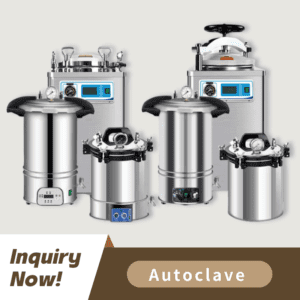
This guide will examine autoclave tape by explaining its functions and showing how it contributes to maintaining safety standards during equipment sterilization.
The sterilization indicator tape known as autoclave tape serves as a pressure-sensitive adhesive which is used in autoclaves to display whether specific temperatures have been attained during the sterilization cycle. The tape features chemical indicators which turn different colors under certain conditions including heat exposure and steam.
Autoclave tape must be attached to the exterior of packages, instruments, or containers that undergo sterilization. The successful completion of the autoclave cycle is verified when the tape displays its color change indicating the attainment of required sterilization parameters.
The autoclave tape contains chemical indicators that respond to heat and steam exposure. The temperature range where these indicators react falls between 121°C and 134°C which corresponds to 250°F to 273°F.
Pressure-Sensitive Adhesive: The pressure-sensitive adhesive of the tape ensures strong attachment to multiple surfaces like paper, plastic, and metal.
Chemical Indicators: Correct sterilization conditions trigger the color change of the tape lines from white to black.
Heat and Steam Resistance: The sterilization procedure maintains the tape’s integrity to guarantee precise outcomes.
Autoclave tape provides essential visual evidence that sterilization conditions have been properly applied to equipment and instruments.
The tape verifies that sterilization has been conducted effectively.
The application process is straightforward and visual confirmation makes it very user-friendly.
Autoclave tape provides an affordable means to maintain sterilization standards.
The product works with multiple autoclave models and different packaging materials.
Autoclave tape finds extensive application in both medical and dental practices as well as laboratory settings. Some common applications include:
Hospitals and Clinics: This tape maintains surgical instruments and medical devices in a sterile condition for safe medical procedures.
Laboratories: The tape application process covers all types of sterilized laboratory equipment including both glassware and tools.
Dental Practices: Autoclave tape confirms dental instruments meet sterilization standards before use.
Pharmaceutical Industry: This sterilization method is employed for both medical equipment and packaging materials.
Several essential factors must be evaluated during autoclave tape selection to ensure it fulfills your specific needs.
Adhesive Strength: The tape must stick properly to the surfaces being sterilized.
Indicator Accuracy: Select tapes which feature dependable chemical indicators capable of demonstrating distinct color transformations.
Temperature Range: Select an autoclave tape that functions effectively within your autoclave’s specific temperature range.
Material Compatibility: Select a tape that works effectively with all the different surfaces you need to sterilize.
Regulatory Compliance: Check if the tape complies with industry sterilization standards.
Proper application of autoclave tape produces reliable results while preserving the integrity of the sterilization process.
Prepare the Items: Make sure the instruments or equipment you need to sterilize are clean and properly packaged.
Apply the Tape: Apply autoclave tape to the external surface of the package or to the instrument itself.
Load the Autoclave: Position the items inside the autoclave while maintaining sufficient space for steam to circulate properly.
Run the Sterilization Cycle: Turn on the autoclave and wait for the entire sterilization process to finish.
Check the Tape: Once the cycle has finished examine the tape to see if its color has changed which shows successful sterilization.
Autoclave tape shows that correct conditions were reached but does not ensure the items inside are sterile. Biological indicators might be necessary to perform further testing.
The quality and performance characteristics of autoclave tape differ across various brands and types. Selecting a dependable product that fulfills your requirements remains crucial.
The medical environment requires autoclave tape as a fundamental yet straightforward tool to protect hygiene standards and safety requirements. The sterilization process achieves reliability as autoclave tape offers visual confirmation of the sterilization conditions which helps protect patients.
Medical equipment distributors along with resellers and procurement professionals must understand autoclave tape features and benefits to make proper purchasing choices.
For high-quality autoclave tape and sterilization solutions contact Keling Medical to receive more information.
No, autoclave tape is a single-use product and should be discarded after one sterilization cycle.
Autoclave tape is compatible with most materials, including paper, plastic, and metal. However, it’s essential to check the tape’s specifications for compatibility with specific surfaces.
The shelf life of autoclave tape varies by manufacturer but is typically around 1-2 years when stored in a cool, dry place.
No, autoclave tape provides a visual indication of sterilization conditions but does not replace biological indicators, which confirm the elimination of microorganisms.
Store autoclave tape in a cool, dry place away from direct sunlight and moisture to maintain its effectiveness.
For inquiries about autoclave tape or other sterilization products, please contact Keling Medical:
Email: inquiry@shkeling.com
WhatsApp: Click to Chat
Website: https://autoclaveequipment.com/
We look forward to assisting you with your sterilization needs!

Sterilization serves as an essential element of infection control practices both in healthcare facilities and laboratory environments. Autoclave sterilization through steam proves effective for many applications but proves suboptimal in
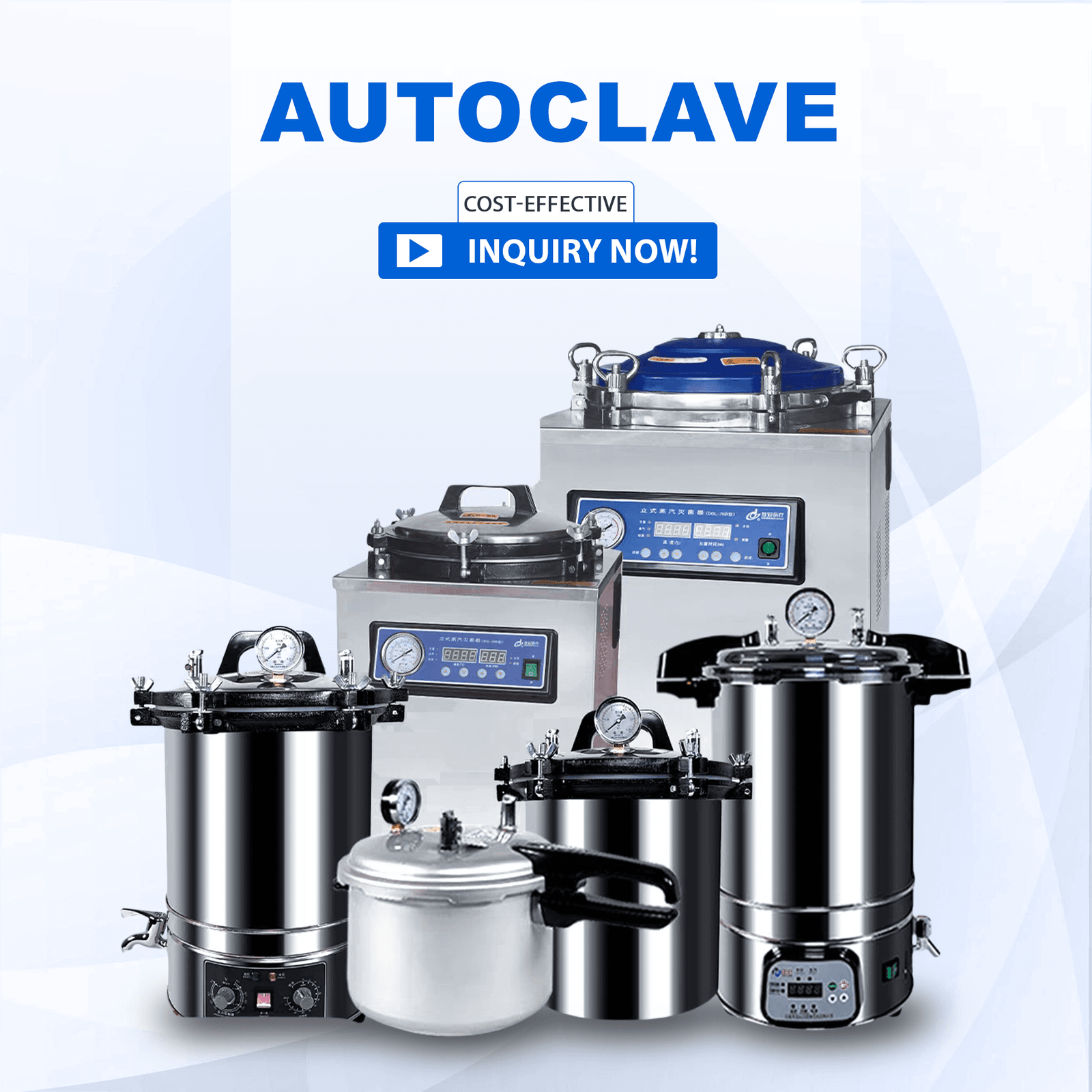
Medical professionals worldwide trust autoclaves as essential tools for ensuring the safety and sterility of medical instruments. Medical device distributors and procurement specialists need to understand autoclave principles and benefits

Healthcare advancements make it essential to keep medical instruments safe and sterile at all times. Medical device distributors, dealers, and procurement professionals must understand sterilization methods to operate effectively. The
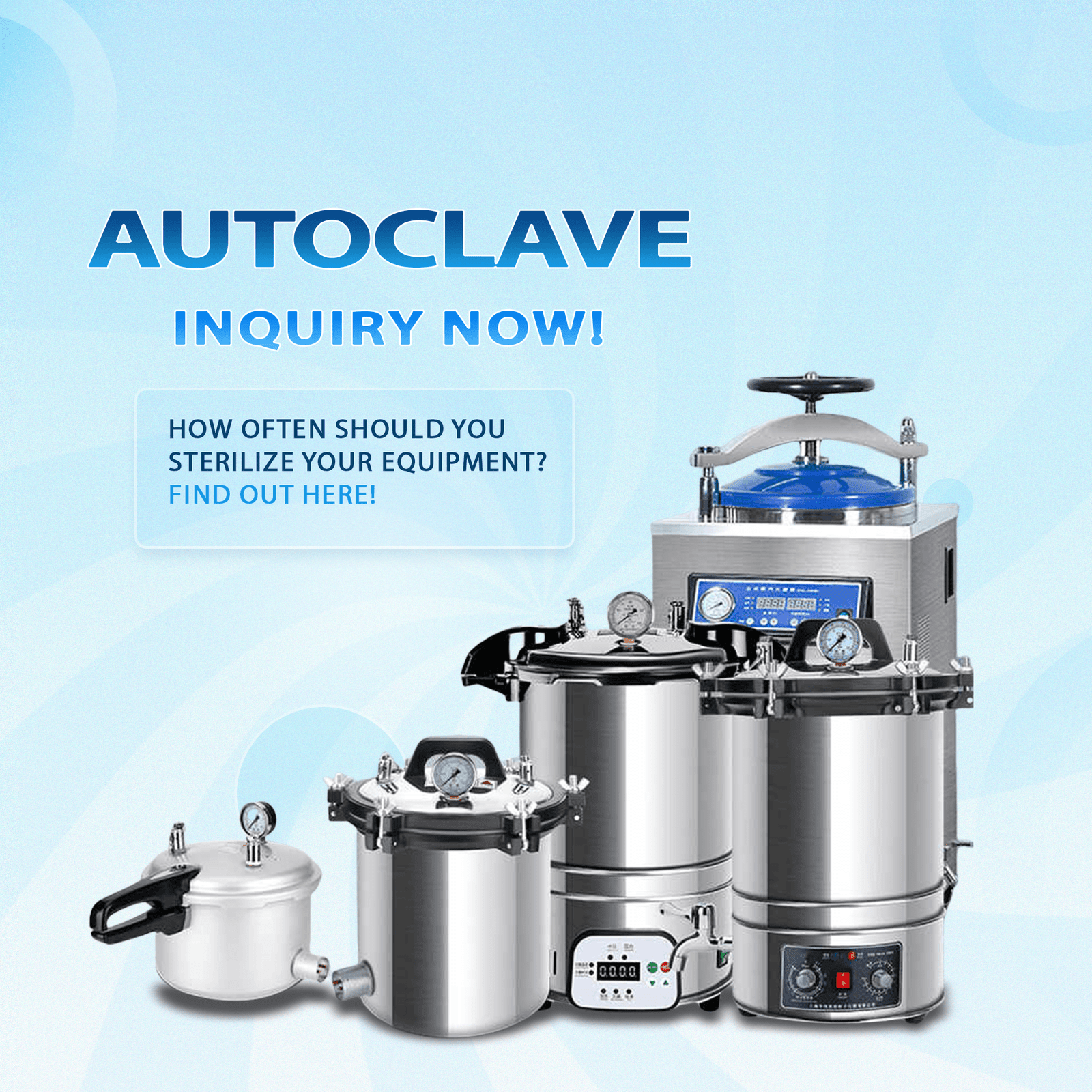
Medical device and instrument sterilization requires autoclaves because they protect patient safety and facilitate compliance with regulatory standards. The most sophisticated autoclave systems still experience certain limitations. Medical device distributors,
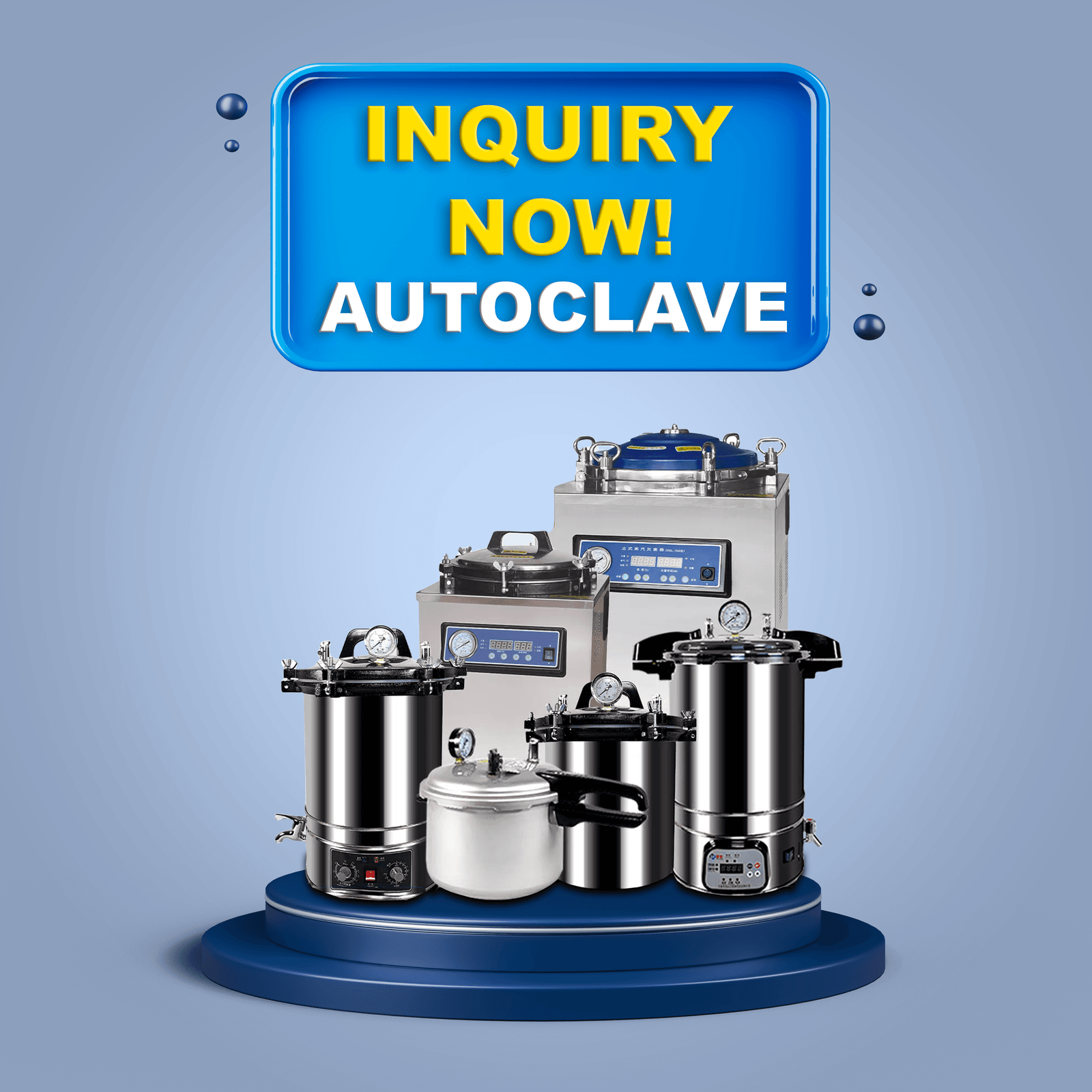
In medical device manufacturing autoclaves act as essential equipment because they deliver consistent sterilization across various instruments and materials. Autoclaves utilize high-pressure saturated steam to eradicate bacteria, viruses, fungi, and
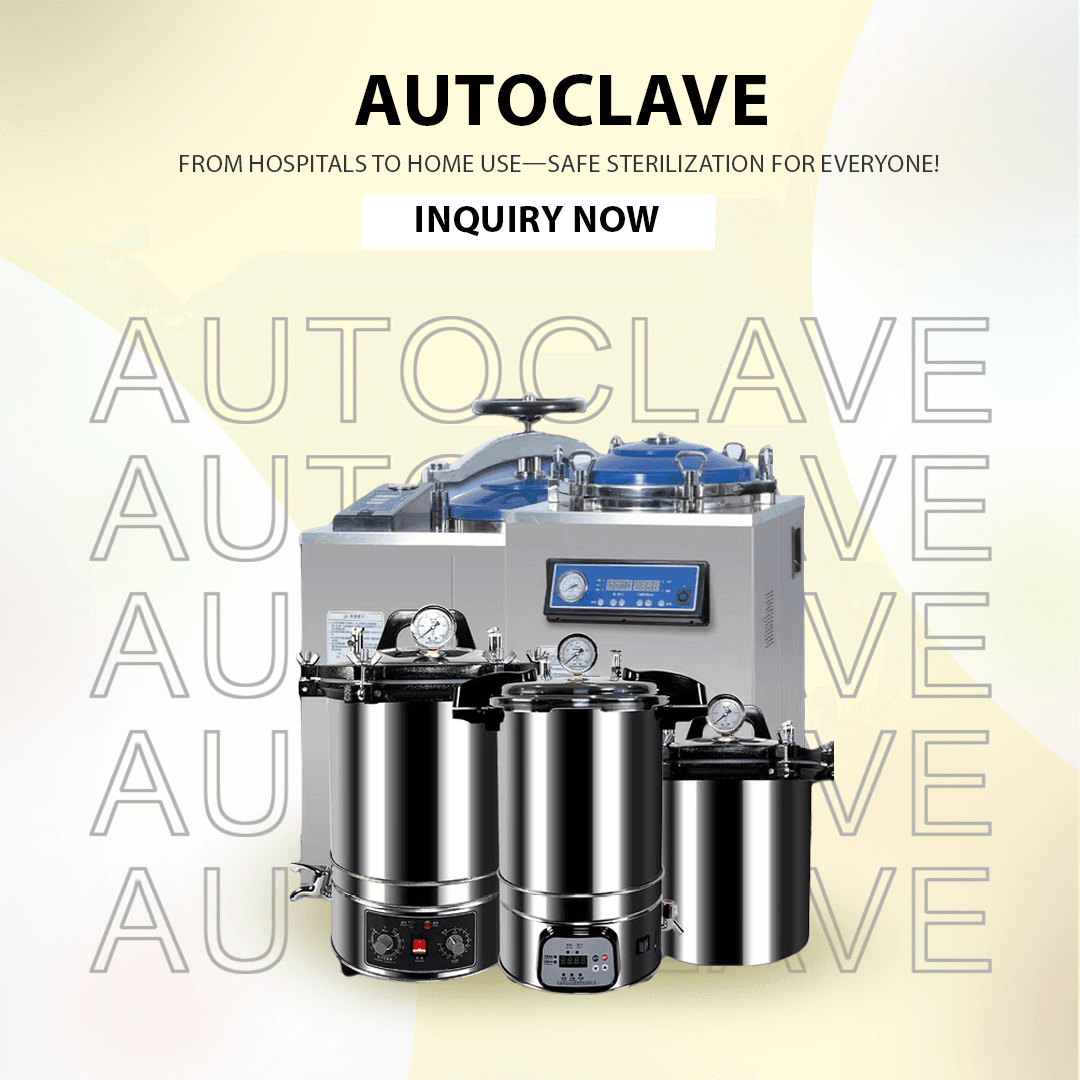
Autoclaves serve as crucial devices in healthcare and scientific settings by consistently sterilizing instruments and materials. Medical equipment distributors along with dealers and procurement professionals need to keep autoclaves functioning